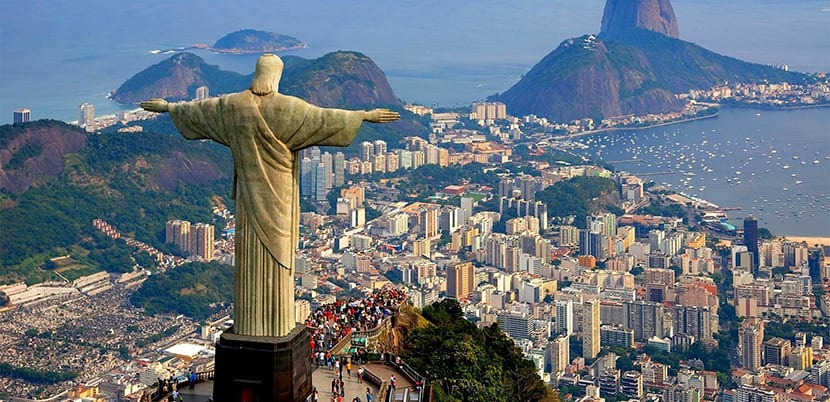
One of the most popular and touristic South American cities is Rio de Janeiro. The coastal city of eternal heat and beautiful beaches has entered the global imagination as an ideal destination to vacation, have fun and forget about the world and its problems. A kind of Las Vegas but in the southern hemisphere.
It is convenient to know what we are going to do in Rio before disembarking, so if you plan to go, write these tips about tourism: 5 things to do in Rio de Janeiro and that the visit is unforgettable.
Bread of sugar
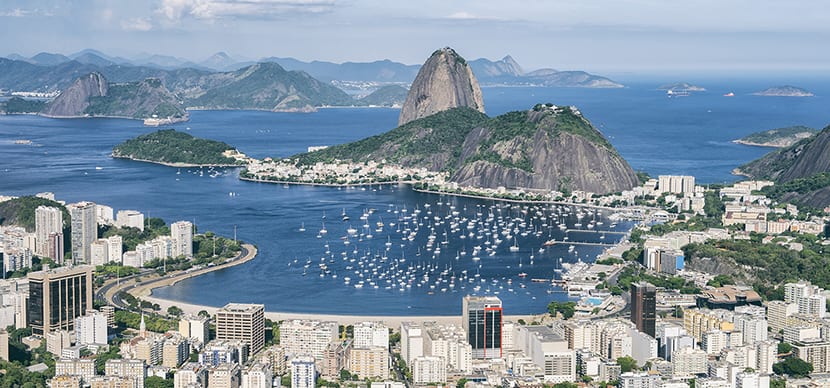
It is a hill that can be seen in the profile of the Urca neighborhood, at the very entrance of Guanabara Bay. It's a granite mount, almost bare, which is part of a peninsula that slides into the sea. Rio has many of these "hills" but the shape of this one in particular has given it a shine of its own.
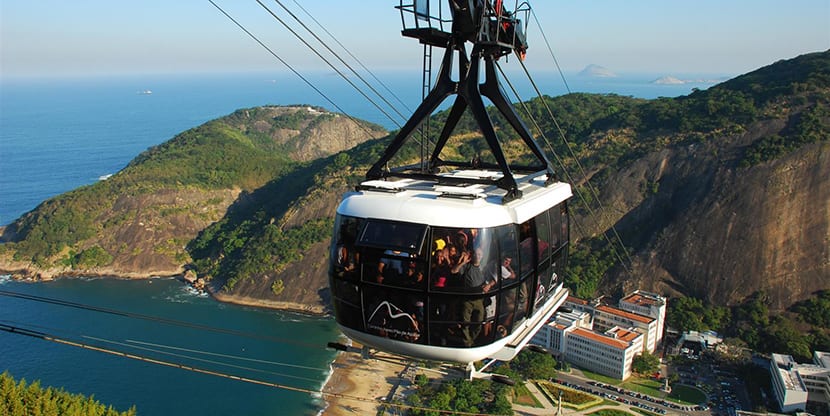
Tourists can climb to its top at about Meters 396 using the cable car, called cableway. In the case of the Sugarloaf cable car is old, with more than a hundred years, so it is among the oldest in the world. Today the cabins can carry up to 65 passengers each and the trip only lasts three minutes. Three minute flight with great 360º views.
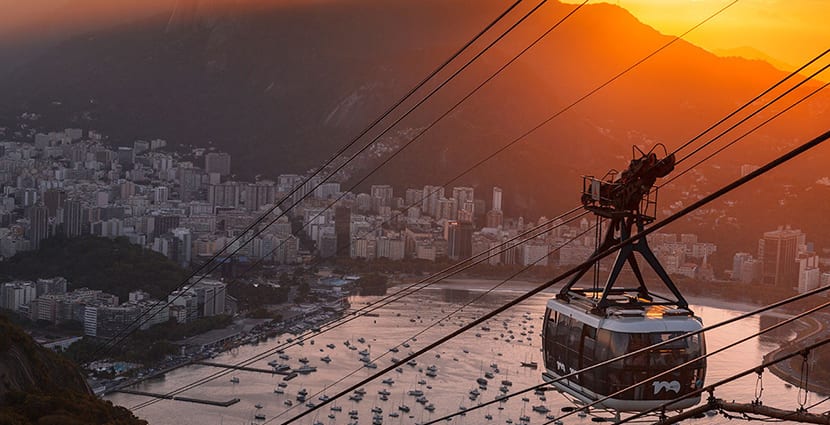
The good thing is that the Sugarloaf is actually connected by cable car with another nearby hill so first you reach the Morro de Urca and then the Sugar Loaf. You will see the historic center of Rio, Flamengo beach, the Cathedral, the sky almost always full of clouds and once at the last stop, Christ the Redeemer, the bay and Copacabana beach with its clear sands.
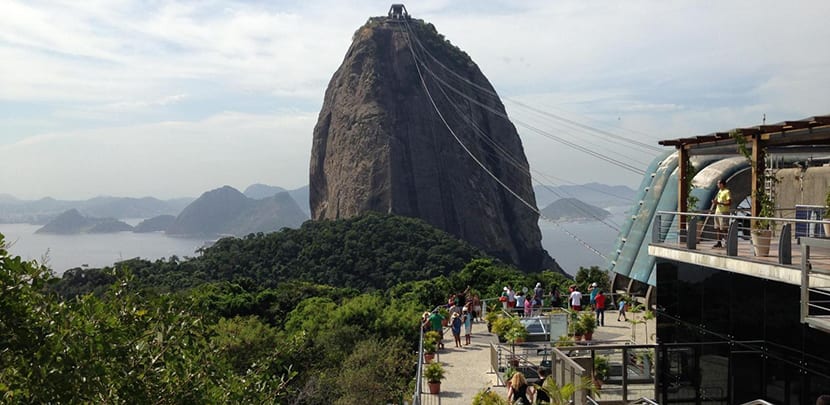
If you don't want to go up fast you can always do it walking. It is only half an hour and no guide is needed. The climbers finally reach the Sugarloaf from the Cerro de Urca and if you do that, you have the cable car descent for free. Speaking of the means of transport, you buy tickets right there or on the Internet, which has a 10% discount. It works from 8 am to 9 pm although the box office closes 7:50 pm and the price is R $ 80.
You can get to the exit station of the cable car by taxi, by bus or by metro, getting off at Botafogo station, on Lines 1 and 2. The Brazilians have transformed this site into a tourist destination so there are restaurants, food stalls, souvenir shops, restrooms and an exhibition hall.
Morro da Dona Marta
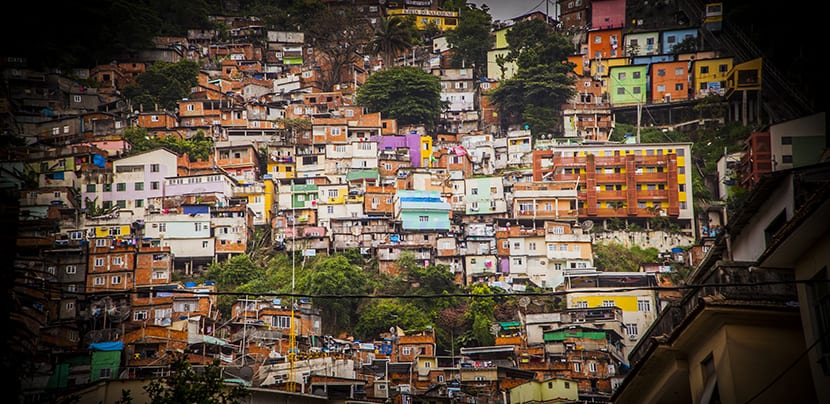
And since you are in Botafogo you can know this other 352 meter high hill with its great views. It is the place where in 1996 Michael Jackson recorded his video "They don't care about us". And yes, it is a favela, a poor neighborhood, but many tourists from all over the world visit it since the police are present.
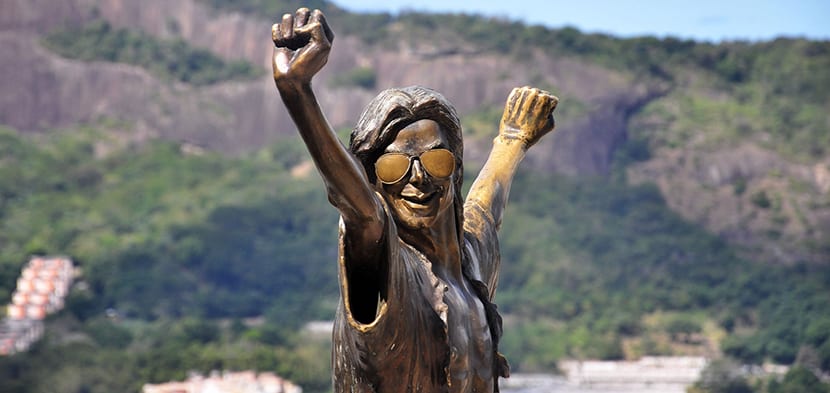
The community has built a michael jackson sculpture so the photo cannot be missing. It can be reached by taxi or bus. Of course you must have something of an adventurer because it is still a favela so many tourists hire a taxi to take them and give them a ride and perhaps, if you do not have local knowledge, it is the best option.
Copacabana and Ipanema beaches
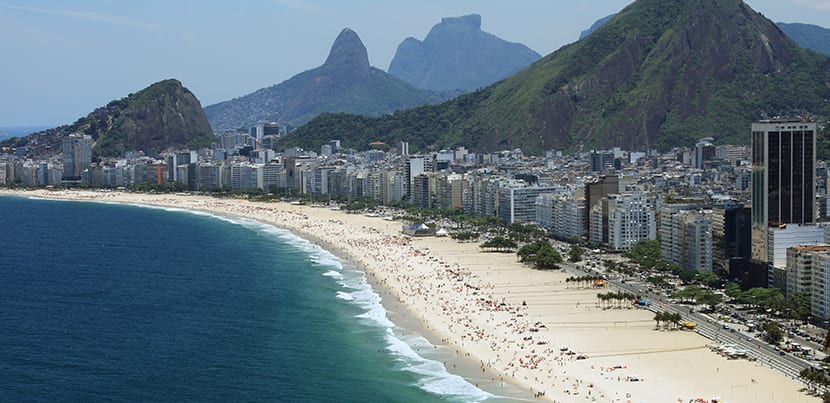
The most famous beaches in the world? Perhaps. Copacabana is four kilometers long and it is the most perfect meeting of the sea and the land. In front of it are expensive buildings and hotels with great views. The beach itself is divided into sectors that each group knows how to take for themselves: footballers are near Rua Santa Clara, gays between Copacabana Palace and Rua Fernando Mendes, for example.
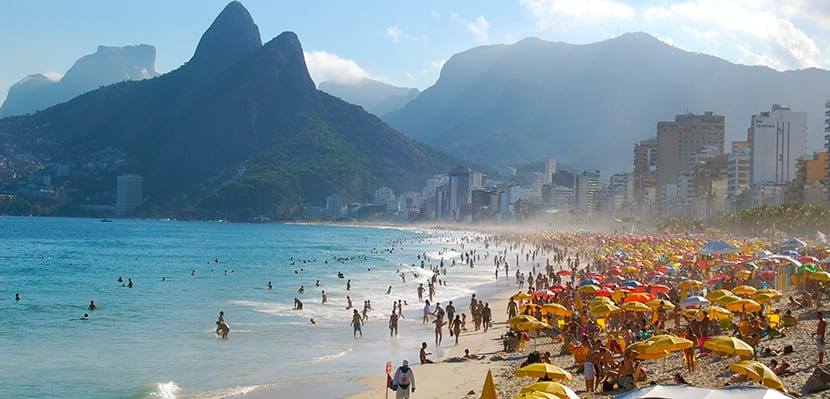
The beach is lit up at night and it has bars and police, but in any case it is not advisable to be unprepared. And what about Ipanema? Basically the same, it is also demarcated into groups that represent the subcultures of the city (artists, hippies, youth, gays, inhabitants of the favela). If you like surfing precisely at the point between Copacabana and Ipanema where surfers are concentrated.
Both beaches get crowded on weekends. Be careful if you decide to swim in Ipanema because the waters are dangerous, due to the waves and currents.
Christ the Redeemer
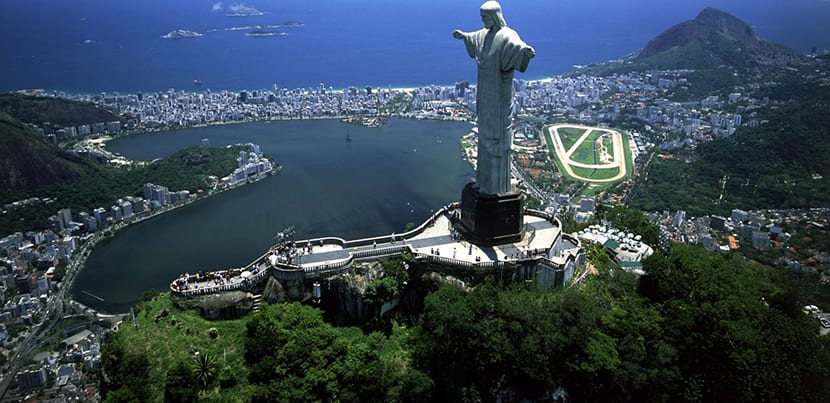
It is a art deco sculpture and today is also one of the Seven Wonders of the Modern World. You have 30 meters high and weighs 1200 tons. It is within the Tijuca National Park, at the top of the Corcovado hill.
You should not go on weekends or on cloudy or rainy days. The first time in Rio I could not even see the head of the Christ of the clouds. The complete tour includes taking the Corcovado train, older than the Christ because it was inaugurated in 1884. It is very picturesque, with its red wagons, and the tour does it in 20 minutess partly crossing a green park.
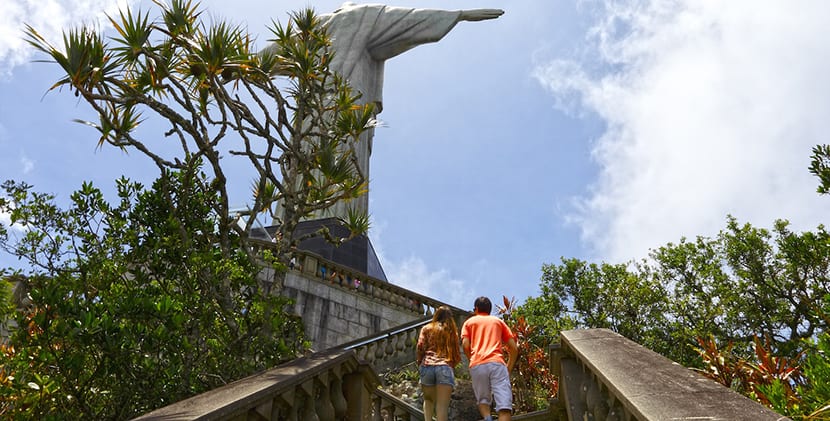
You can buy tickets online or in person but if you go in high season the sooner the better. The visit to the Christ is at the same time the visit to the Foresta da Tijuca or Tijuca National Park, a jungle of more than four thousand hectares. History says that in the seventeenth century it was almost destroyed by indiscriminate logging to plant coffee so, as this also brought problems in the water supply, it was ordered to plant thousands of trees for more than a decade.
Maracaná
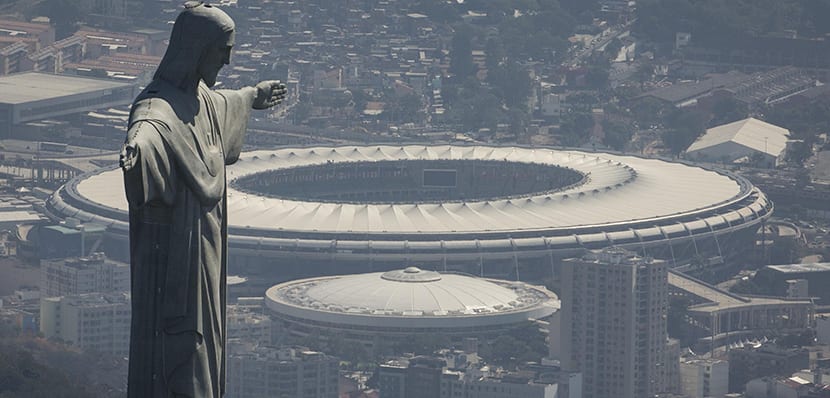
There is no doubt that Brazilians are great footballers. They have won the World Cup five times and have football in their blood. The heart of soccer in Rio is the Maracanã Stadium, for a long time the largest stadium in the world.
The stadium opened in 1950 and for a long time it had a capacity for 200 thousand spectators but after an accident, a grandstand collapsed, it was reformed and today it has capacity for around 79 thousand spectators nothing else. It is a true sports Complex with athletics tracks, swimming pools and another smaller and covered stadium.
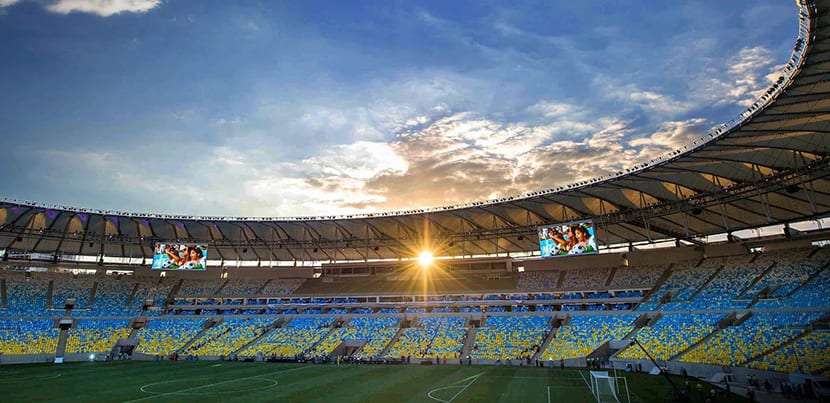
You can sign up for the tour, at the tour that takes you through the most important spaces of the stadium: the press room, the official boxes and private boxes, the changing rooms, the access tunnel to the playing field and of course, the field itself. Guided tours are every day from 9 am to 5 pm starting every hour.
Don't go on Mondays when schools have priority. The basic tour costs R $ 30, the Premium R $ 50 and the Vip R $ 60. Without a guide, the visit is cheaper, R $ 20. You can get to the stadium by metro, using Line 2.
Naturally, these five sites are not the only thing that Rio has to offer, but the visit to the city is by no means complete without them. The rest will depend on your tastes and preferences.